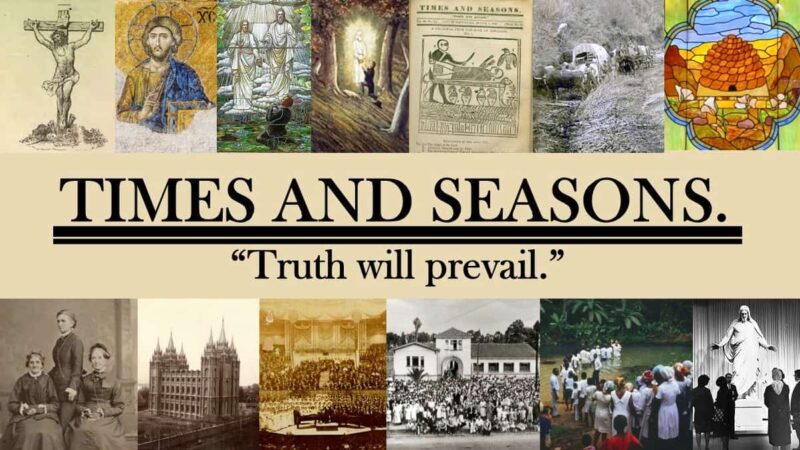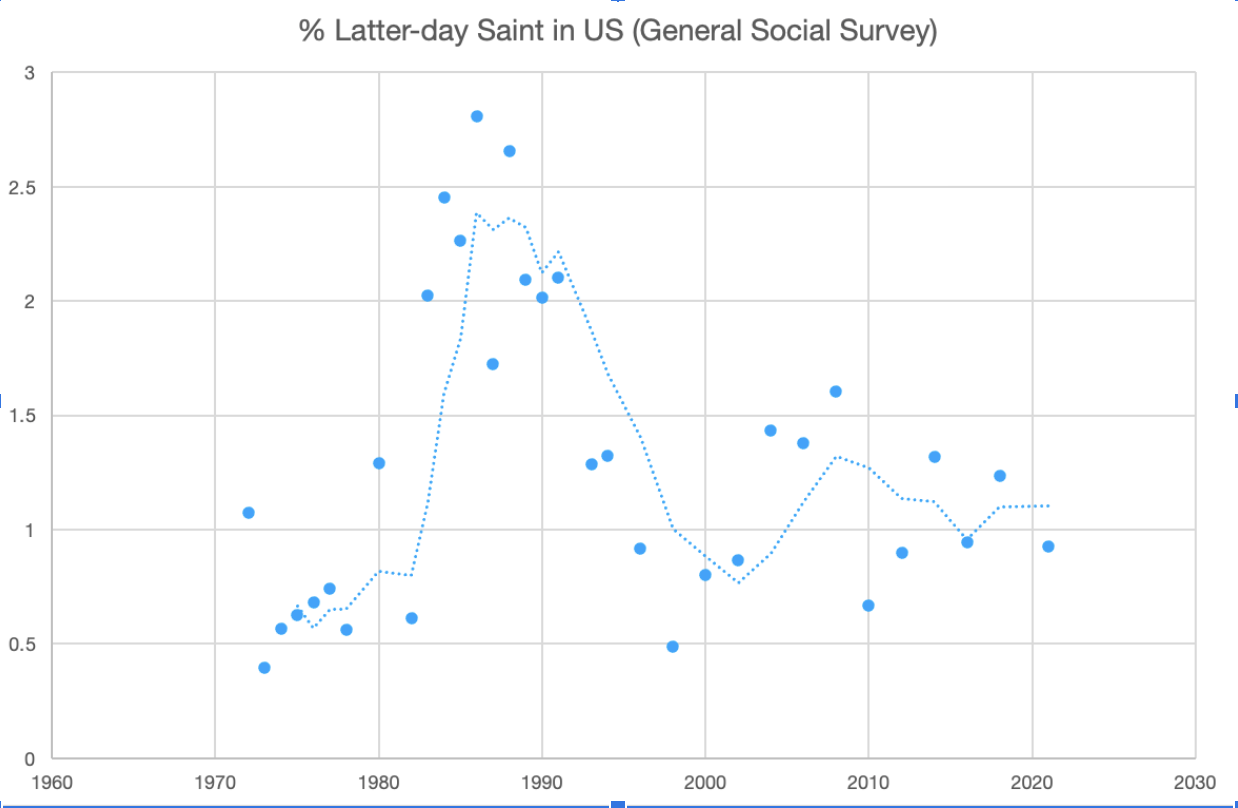-
•
•
17 responses
I’ve said it before, and I’ll say it again, that I find it odd that Official Declaration 1, Official Declaration 2, and the Articles of Faith are all crammed into one week while The Family: A Proclamation to the World gets its own week. I mean, the Articles of Faith alone has two major classic Latter-day Saint books that focus on discussing and extrapolating from the document in great detail, each of which could function as a manual for Sunday School for a year on their own. Official Declarations 1 and 2 both deal with major topics in Church history. … Read More
-
•
•
2 responses
Do you remember that time when speakers in General Conference were allowed to speak in their own languages? In September of 2014, the Church put out an announcement that “General Conference Speakers Now Can Use Native Language”! But it didn’t last long. A year later, a Church spokesperson told a news outlet that the First Presidency had “decided that all talks for this weekend’s sessions will be given in English.” However, if you know where to look, you can still hear many leaders speaking in their own languages. Since long before 2014, some leaders have pre-recorded their talks in other… Read More
-
•
•
3 responses
‘Tis the season … to talk about polygamy, apparently. Kurt Manwaring recently sat down with Brian and Laura Hales for a question and answer session about polygamy. They have spent decades researching and writing about plural marriage (past and present), approaching the subject as faithful members of the Church of Jesus Christ of Latter-day Saints. It’s a very interesting interview to read through, so I recommend hopping on over to read it here. What follows on this page is a co-post to the one over at Kurt Manwaring’s site, with excerpts and some discussion on the subject. One topic they… Read More
-
•
•
4 responses
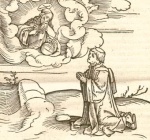
The prophecy of “Lutius Gratiano” has a missing link in its textual history. Read More
-
•
•
9 responses
President Joseph F. Smith’s Vision of the Redemption of the Dead is one of the most recent documents to be included in our cannon (only followed by Official Declaration 2). Experienced on 3 October 1918 and recorded shortly thereafter, the vision outlines the underlying theology behind proxy work for the dead that we perform in the temples. Received against a dramatic backdrop of death, the vision gives hope for all of humankind. Yet rather than breaking new ground, the document is a capstone of years of theological development in the Church of Jesus Christ of Latter-day Saints. That doesn’t undercut… Read More
-
•
•
2 responses
Have you ever met anyone who, through their example and experiences, leads you to seek deeper for God and Christ in your own life? Reverend Dr. Andrew Teal (a chaplain, fellow, and lecturer in theology at Pembroke College, Oxford University) is one of those types of people. Recently, he has been a visiting resident scholar with the Neal A. Maxwell Institute for Religious Scholarship at BYU to focus on writing a book about Joseph Smith, and sat down with Kurt Manwaring for an interview about his experiences and life. For the full interview, follow the link here. What follows on… Read More
-
•
•
2 responses
There is a story about President David O. McKay where a youth who wasn’t active in the Church flippantly asked him, “When was the last time you talked to God, President McKay?” President McKay answered in all seriousness that: “It was last week.” The person who shared the story noted that: “He left everyone wondering what he really meant by that, whether he was praying, talking to God, or whether it was another kind of experience. But the way it was said, it really left this kid shaken up.”[1] One of the ongoing tensions in the Church of Jesus Christ… Read More
-
•
•
One response

With early efforts to locate the text in mind, we can now reconstruct the origin of the prophecy of “Lutius Gratiano.” Read More
-
•
•
9 responses
Polygamy was one of the most divisive and explosive policies that Joseph Smith ever embraced. In many ways, it was what led to Joseph Smith’s death. He knew that it would be a cause of contention, both within the Church of Jesus Christ of Latter-day Saints and with those who were not members, and he made some efforts to both conceal the practice and to set up rules to keep it controlled. Key among the latter was the idea of only one individual serving as the gatekeeper to entering plural marriages. Yet, polygamy was a confusing and messy practice to… Read More
-
•
•
6 responses

In the prophecy of “Lutius Gratiano,” we have the unusual opportunity to observe the formation and development of a prophecy in some detail. Read More
-
•
•
10 responses
My wife is 37 weeks pregnant, and she is ready to be done. She’s started writing down a list of reasons she doesn’t enjoy pregnancy for me to use in reminding her next time we start thinking about having another child. She has also assured me that if creating spirit children in the next life involves pregnancy, we’re not going to have a high population on any planets we create. With our family growing and the “Come, Follow Me” texts for this week, Section 132 has been on my mind. It is both one of the most important and most… Read More
-
•
•
8 responses
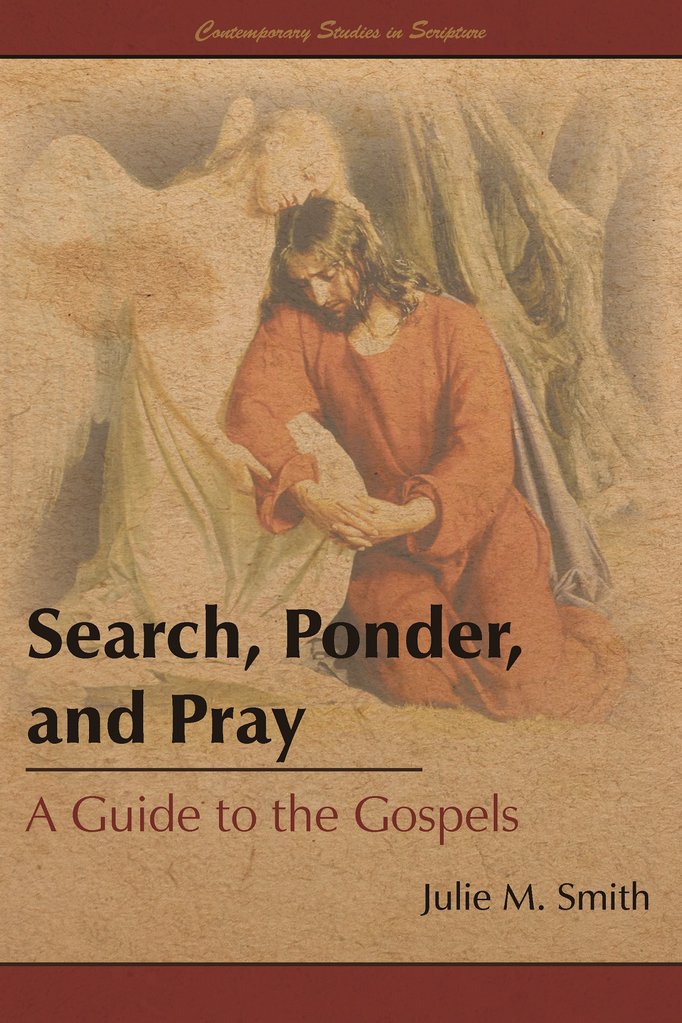
“Tell me the stories of Jesus,” begins the primary song. You’ve read the stories of Jesus in Matthew, Mark, Luke, and John. You’ve heard them in church lessons and talks. You know the stories; you probably love the stories. But what if you want more? I recently used Julie M. Smith’s Search, Ponder, and Pray: A Guide to the Gospels to revitalize my study of the first books of the New Testament, and I loved it. What Smith does more than anything else in this volume is ask questions. In Matthew 6, when Jesus recommends giving to the poor in… Read More
-
•
•
4 responses

Earlier scholarship has often understood the function of prophetic texts as providing information about the future. Read More
-
•
•
2 responses
We’re coming up on one of the most dreaded lessons of the Sunday School cycle—no, not reviewing the law of chastity with teenagers, the lesson that includes D&C 132 (the revelation on plural marriage). Polygamy is a topic in the Church that is uncomfortable, troubling and, at times, painful to discuss. Recently, however, the Church published a short book by Brittany Chapman Nash called Let’s Talk About Polygamy that I would recommend to read for anyone who wants to better understand our history with plural marriage (for a longer review of the book I put up a couple months ago, click… Read More
-
•
•
3 responses

For several years, my academic research has focused on late medieval and early modern prophecies. Read More
-
•
•
6 responses
Throughout this year, I’ve talked about the development of temple doctrine as a braiding of strands from Joseph Smith’s theology and cosmology. That continues to be true of the 1840s, when the Latter-day Saints were working on the Nauvoo temple. Previously, when discussing the House of the Lord in Kirtland, I discussed the idea of beholding the face of God, an endowment of power from on high, preparation for the Second Coming of Jesus the Christ, the Zion project, and some practical functions of the temples (in connection with building Zion). These threads continued to have a place in the Nauvoo Temple but began… Read More
-
•
•
3 responses
If you’ve ever asked yourself what exactly is a Seventy, you’re not alone. In fact, I’d dare to say that the question is one of the more persistent ones throughout Church history. Based on two brief mentions in the Bible, the idea of the Seventies is laid out in two separate documents in the Doctrine and Covenants and was organized initially in 1835. Yet, the exact function and role of the Seventies has varied over the years in the Church. The first major mention of the Seventies in our scriptures comes in the 1835 document “On Priesthood” that is now… Read More
-
•
•
15 responses
During my time as an undergraduate at BYU I noticed there were certain Latter-day Saint scholars that were looked up and aspired to by different groups. These were the days of Rough Stone Rolling when the “New Mormon History” seemed ascendent after a false labor with Leonard Arrington. Various Bushman acolytes aspired to follow in his footsteps and entered training in history, religious studies, or adjacent fields so that they could bring their formal training to Latter-day Saint related fields and become the kind of authority in Latter-day Saint issues that transcended the academy and had a direct bearing on… Read More
-
•
•
6 responses
For a long time, I underestimated the depth of the trauma experienced by the Latter-day Saints in Missouri and the impact that it had on their psyche. I think I started to grasp it more when I was researching for an essay about Latter-day Saints and their relationship with the US Government (which was an earlier version of the “The constitution of this Land” post I put up on this site in September). What they endured was horrific and that left deep scars on the Latter-day Saints. In the midst of all of this, however, Joseph Smith began to write… Read More
-
•
•
13 responses
Charles Darwin’s niece once told her son (the famed British composer Ralph Vaughan Williams) that: “The Bible says that God made the world in six days, Great Uncle Charles thinks it took longer: but we need not worry about it, for it is equally wonderful either way.”[1] While it is wonderful either way, since the early 20th century, what scientists have come to understand through their studies of evolution has become increasingly important to people to discuss in terms of understanding religion and creation. Literal readings of the Bible and the histories presented in Genesis underly the idea that organic… Read More
-
•
•
3 responses
What does Mormonism look like when reconstructed from texts in a non-American cultural context? The self-styled Mormon Churches that developed in West Africa during the 1960s and 1970s (prior to the lifting of the priesthood and temple ban on individuals with Black African ancestry) provide a fascinating glimpse into this question that Laurie Maffly-Kipp explored at the 26th annual Arrington Mormon History Lecture in her lecture “A Marvelous Work: Reading Mormonism in West Africa.” I didn’t get off work in time to get up to Logan, Utah and attend in person, but they did offer a live-stream of the event,… Read More
-
•
•
18 responses
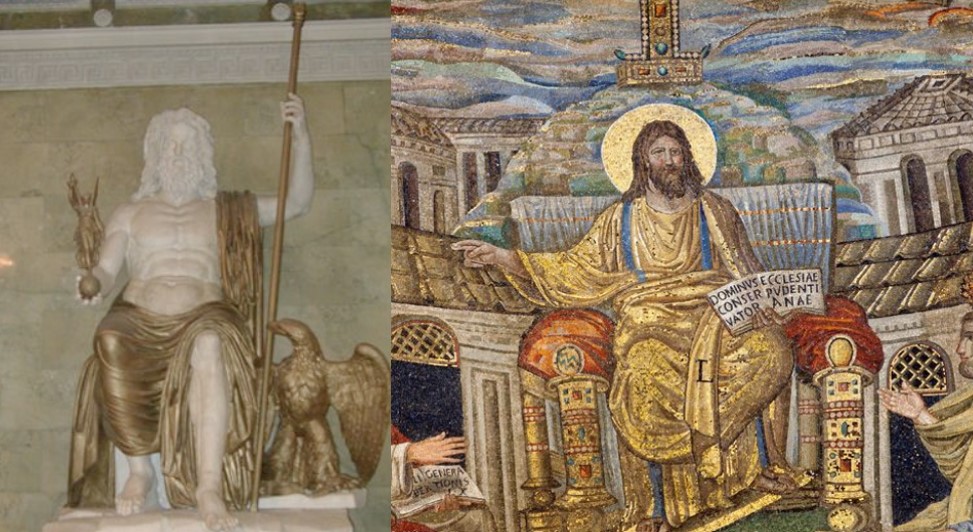
What does Jesus look like? It’s a question that we can only guess the answer to or speculate about, but one that does come up in a religion that embraces using artistic depictions of members of the Godhead. In general, the scriptures fail to describe his physical appearance in any detail. Joseph Smith documented several visions where he described seeing Jesus and God the Father, though nothing definitive about their appearances comes from the documents on the subject. History and archeology give us some clues, all of which are interesting to explore. At the end of the day, however, we… Read More
-
•
•
2 responses
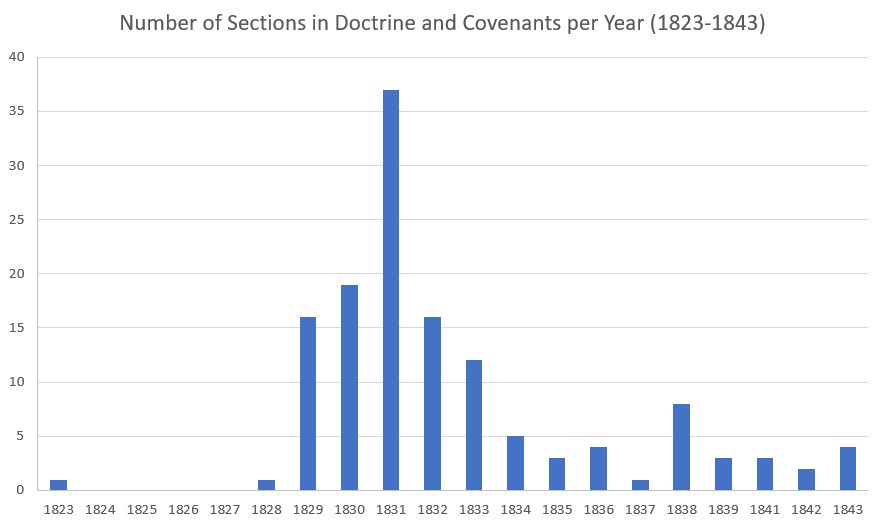
Section 107 has one of the more complicated histories out of the documents presented in the Doctrine and Covenants. It is not a single revelation, but rather a few that were compiled together and expanded in significant ways, with the individual portions reflecting their original context and some of the later context of the time in which it was combined into the document we experience today. It is, as Richard Lyman Bushman put it, “it is best understood as an archeological site, containing layers of organizational forms, each layer created for a purpose at one time and then overlaid by… Read More
-
•
•
15 responses
During an episode of the popular British Sci-Fi show, Doctor Who, the titular character confronts a woman who has engaged in a series of witch hunts in seventeenth century Britain. The witch hunter explains her view that she is required to: “Kill the witches, defeat Satan. As King James has written in his new Bible, thou shalt not suffer a witch to live.” To this, the Doctor responds: “In the Old Testament. There’s a twist in the sequel: Love thy neighbour.” This conversation plays into a standard caricature of the God of the Hebrew Bible being a fierce, punishing God… Read More
